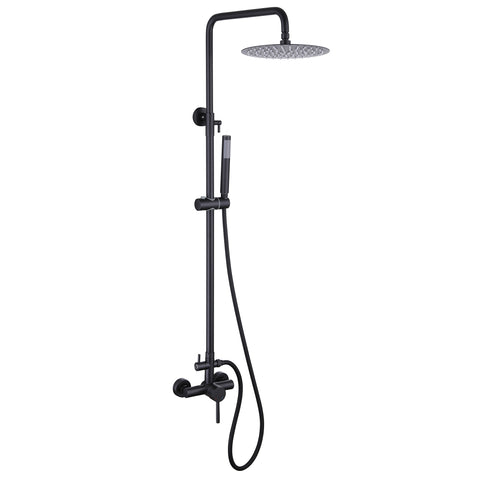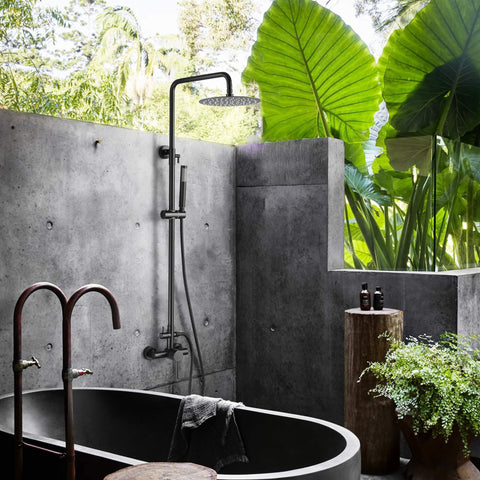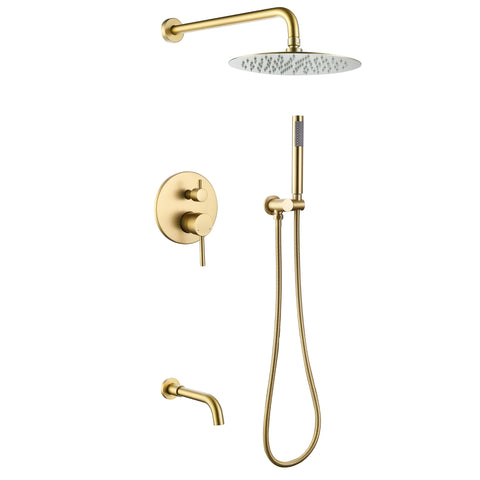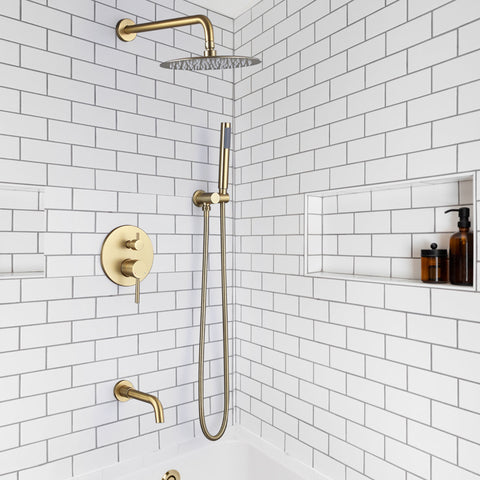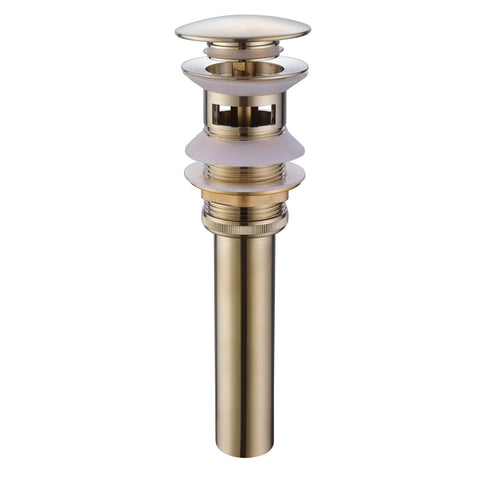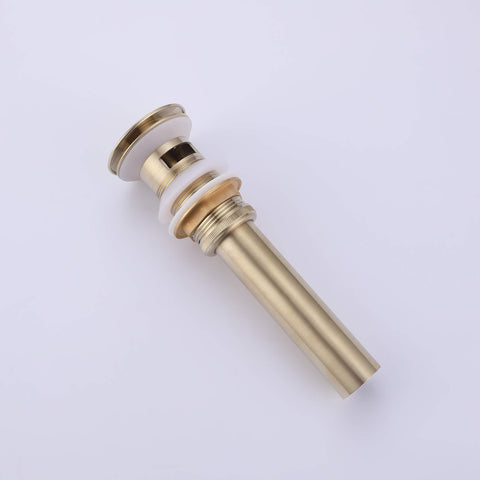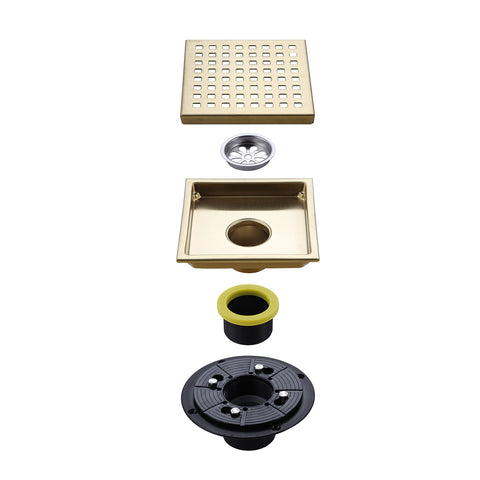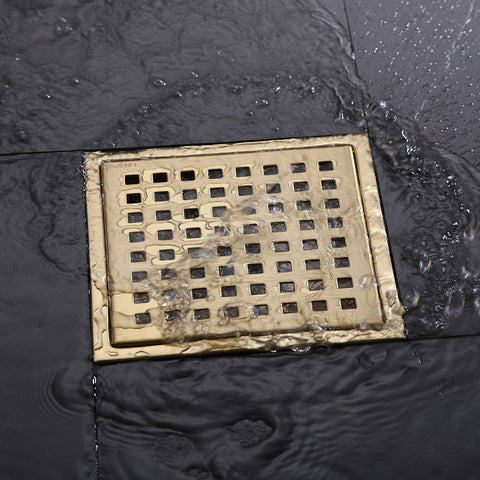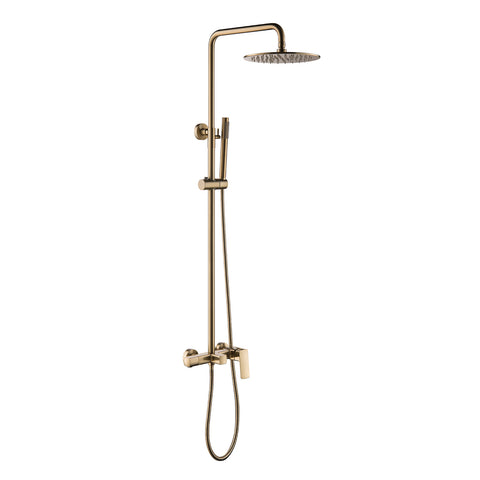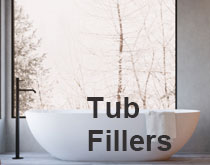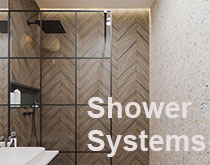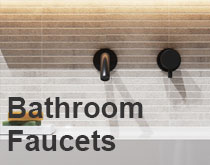How to Increase the Flow Volume for a Tub Faucet?
A slow or low-flowing tub faucet can be quite frustrating, especially when you're trying to fill your tub for a relaxing bath. Luckily, there are several steps you can take to increase the flow volume of your tub faucet and enjoy a faster and more efficient water flow. In this blog post, we'll explore some practical tips and methods to help you achieve the desired water flow in your tub. Let's dive in!
Check for Blockages
The first step in addressing low flow volume is to inspect the tub faucet for any blockages. Sediment, mineral deposits, or debris can accumulate over time and restrict the water flow. Start by removing the aerator (if applicable) and soaking it in a solution of equal parts water and vinegar. While the aerator is removed, visually inspect the faucet for any visible debris that may need cleaning.
Clean or Replace the Cartridge/Valve
If you have a single-handle tub faucet, the internal cartridge may be clogged with sediment or mineral scale. Shut off the water supply, remove the handle, and extract the cartridge. Soak it in vinegar or replace it if necessary. This step alone can often restore full water flow.
Check the Water Pressure
Low flow at the tub may stem from poor household water pressure. Test other fixtures to determine if the issue is localized or system-wide. If pressure is low throughout the house, a plumber may need to inspect your water supply system or pressure regulator.
Upgrade Your Faucet
Old or restrictive tub fillers may not deliver sufficient flow. Consider upgrading to a high-flow tub filler designed specifically for quick-fill performance. Look for models rated at 6 GPM or higher if your plumbing supports it.
Adjust or Remove the Flow Restrictor
Some modern faucets come with built-in flow restrictors to save water. While beneficial in sinks, these can severely reduce tub fill speed. Carefully removing or adjusting the restrictor may restore proper flow, but always confirm local code compliance before doing so.
Inspect the Plumbing
If none of the above solutions work, the issue could be within your home's plumbing—such as old galvanized pipes, internal corrosion, or partial blockages. A licensed plumber can perform a thorough inspection and recommend targeted solutions like pipe flushing or replacement.
Adequate water flow is crucial for a satisfying bathing experience, and addressing low flow volume in your tub faucet is essential. By following the steps outlined above—from cleaning the aerator to upgrading your fixture—you can restore proper function and enjoy faster, more relaxing baths.
